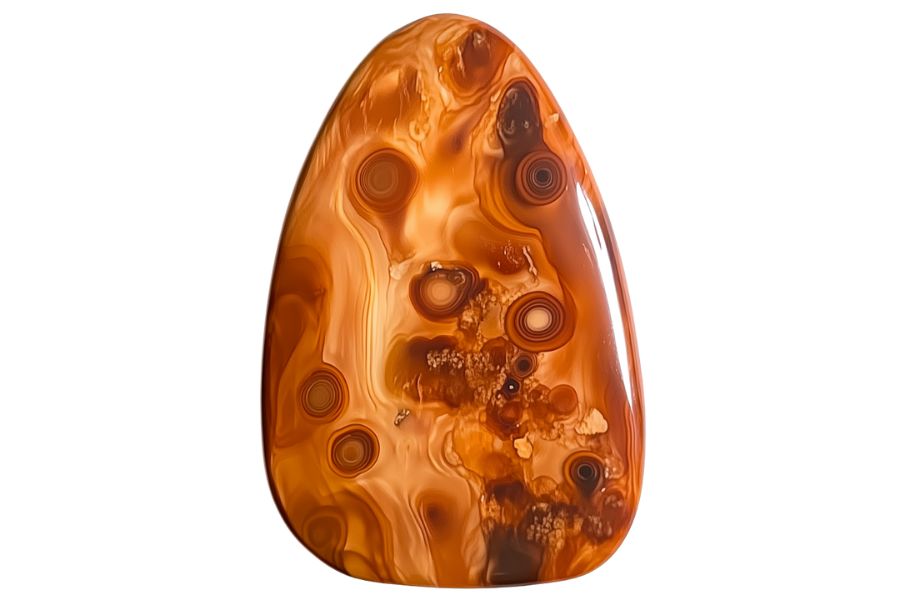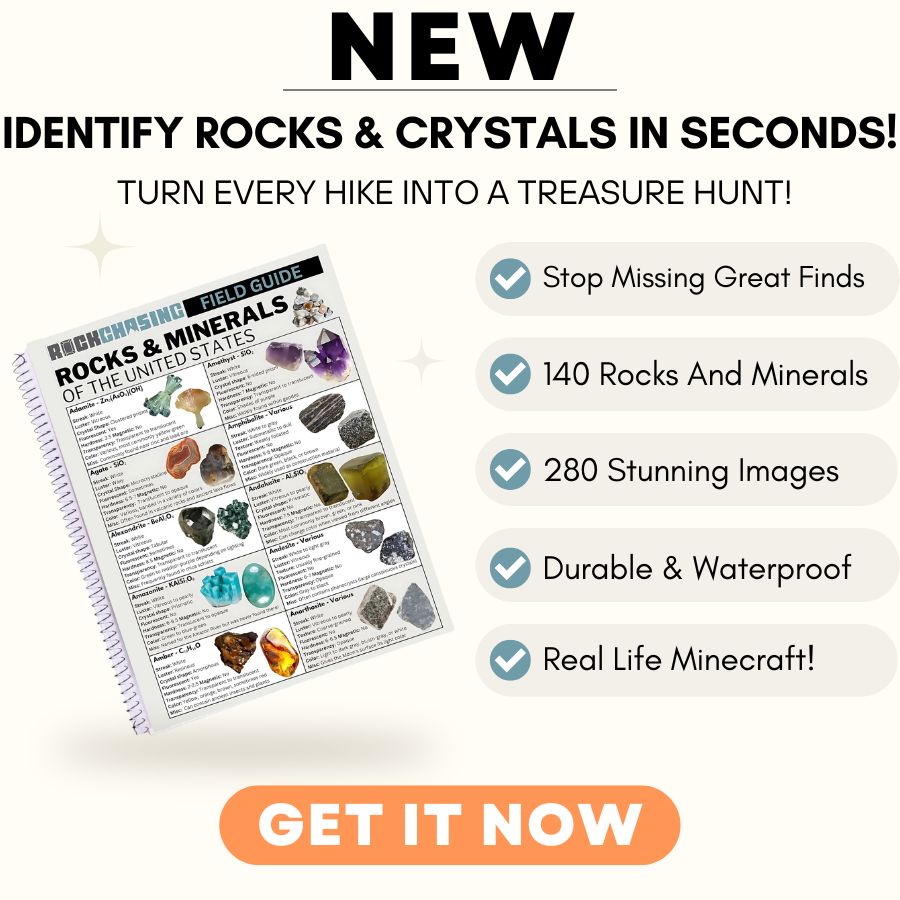New York has more to offer than just skyscrapers and busy streets. Hidden beneath its landscapes are ancient mineral-rich deposits, including carnelian.
But, you won’t find it just anywhere, though. Some of the best hunting grounds are tucked away in riverbeds, old quarries, and forested trails that most people overlook.
Many rockhounds struggle to find carnelian because they search in the wrong places. They stick to common spots where pickings are slim or head to areas where others have already cleared out the best finds. That’s a frustrating way to spend a day.
To help you avoid wasted trips, we’ve put together a list of the best places in New York to find carnelian. These are proven spots where you have a real chance of walking away with something special.
How Carnelian Forms Here
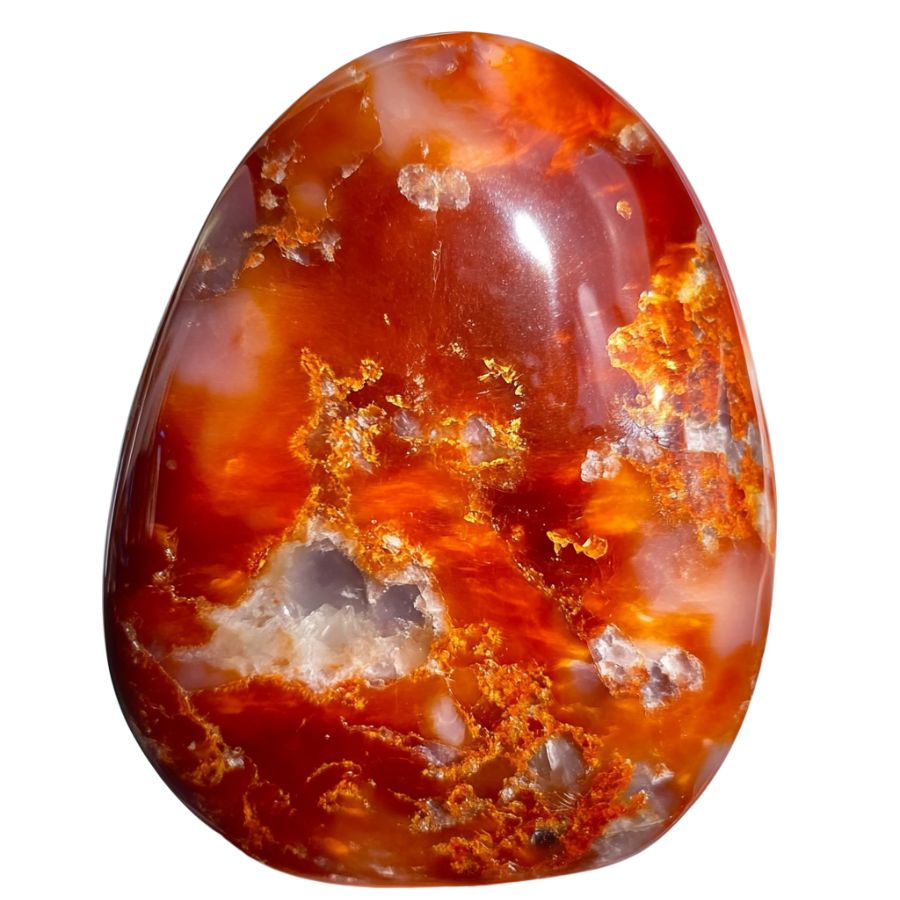
Carnelian forms when silica-rich fluids seep into volcanic rocks and slowly crystallize. It starts as chalcedony, a type of quartz, but gets its reddish-orange color from iron oxide impurities.
The process happens deep underground where hot water carries dissolved minerals through cracks and cavities in volcanic rocks. Over millions of years, as the liquid cools and pressure changes, the silica molecules line up to form tiny, fibrous crystals.
The more iron present during formation, the deeper the red color becomes. Sometimes, you can even see bands or zones in the stone where different amounts of iron were present during different stages of formation.
Types of Carnelian
Carnelian comes in a fascinating range of colors. From vibrant reds to deep blacks, these natural variations occur due to different concentrations of iron oxide and varying formation conditions. Let’s explore the unique features of each color variety.
Red Carnelian
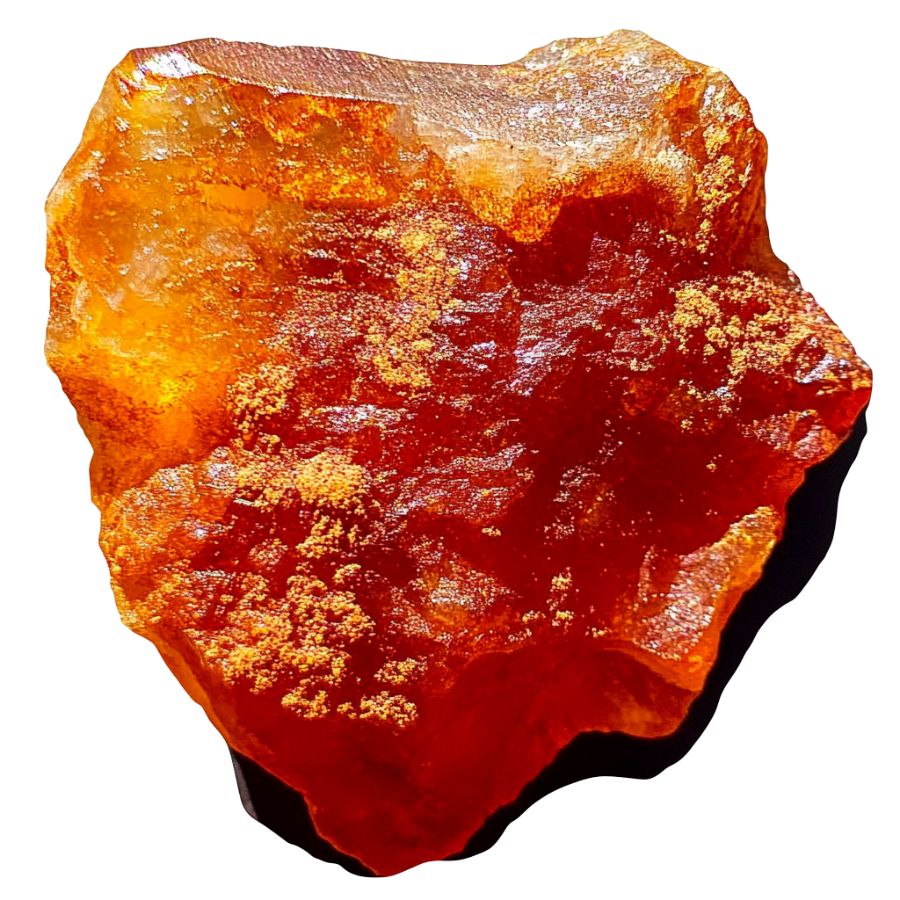
Red Carnelian displays vibrant warm colors ranging from light orange to deep reddish-brown. Its surface has a glass-like shine and can be either see-through or solid.
What sets Red Carnelian apart is its perfect and even coloring. Unlike other similar stones, it rarely shows any stripes or patterns. Instead, it has a smooth, consistent appearance that makes it stand out.
The stone’s microscopic crystal structure gives it an especially glossy finish when polished.
When examining Red Carnelian, you’ll notice it has a special way of breaking – it forms smooth, curved surfaces rather than straight lines. This quality helps craftspeople shape it into various forms while maintaining its natural beauty.
Orange Carnelian
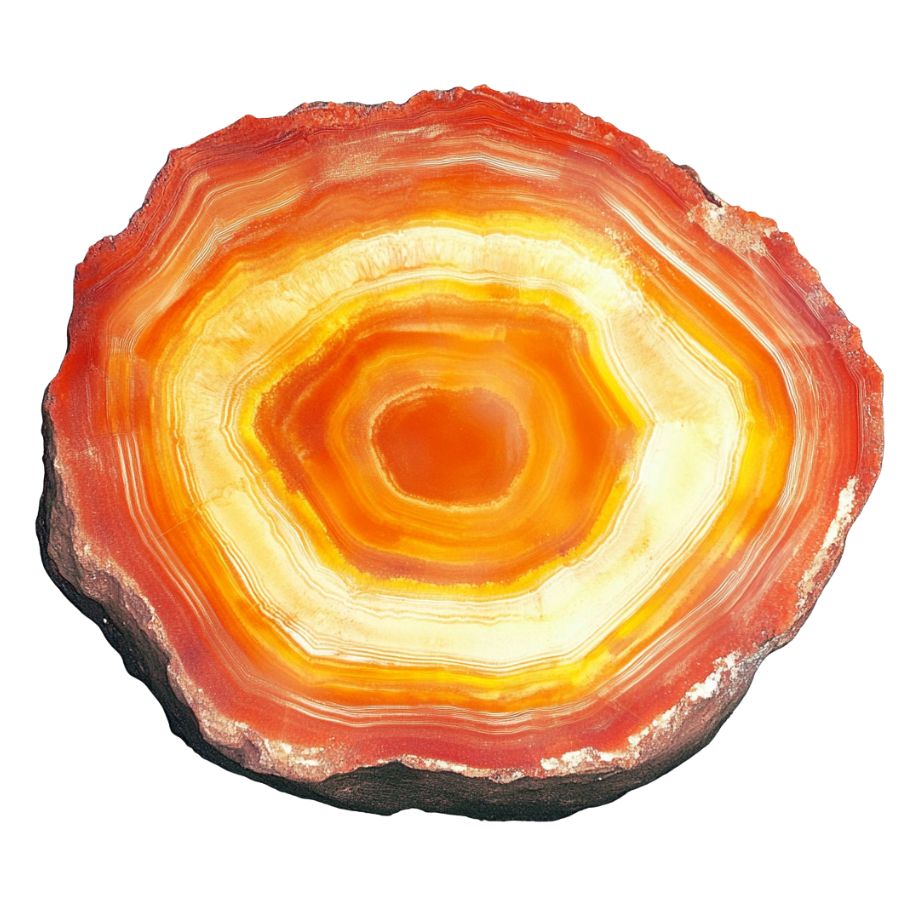
Orange Carnelian showcases bright, sunny colors from light orange to peachy hues. This stone often shows warm, honey-like tones that seem to glow from within.
The stone’s internal structure is made up of tiny quartz crystals packed tightly together. This arrangement gives Orange Carnelian its distinctive appearance and makes it respond beautifully to polishing.
The most sought-after pieces of Orange Carnelian show bright, vivid orange colors without any cloudy areas or dark spots. These specimens have a particularly attractive glow and maintain their vibrant appearance in various lighting conditions.
Additionally, carnelian’s versatility allows it to be fashioned into various shapes and sizes, including cabochons, beads, and carvings, making it a favorite among rockhounds and gemstone enthusiasts.
Pink Carnelian
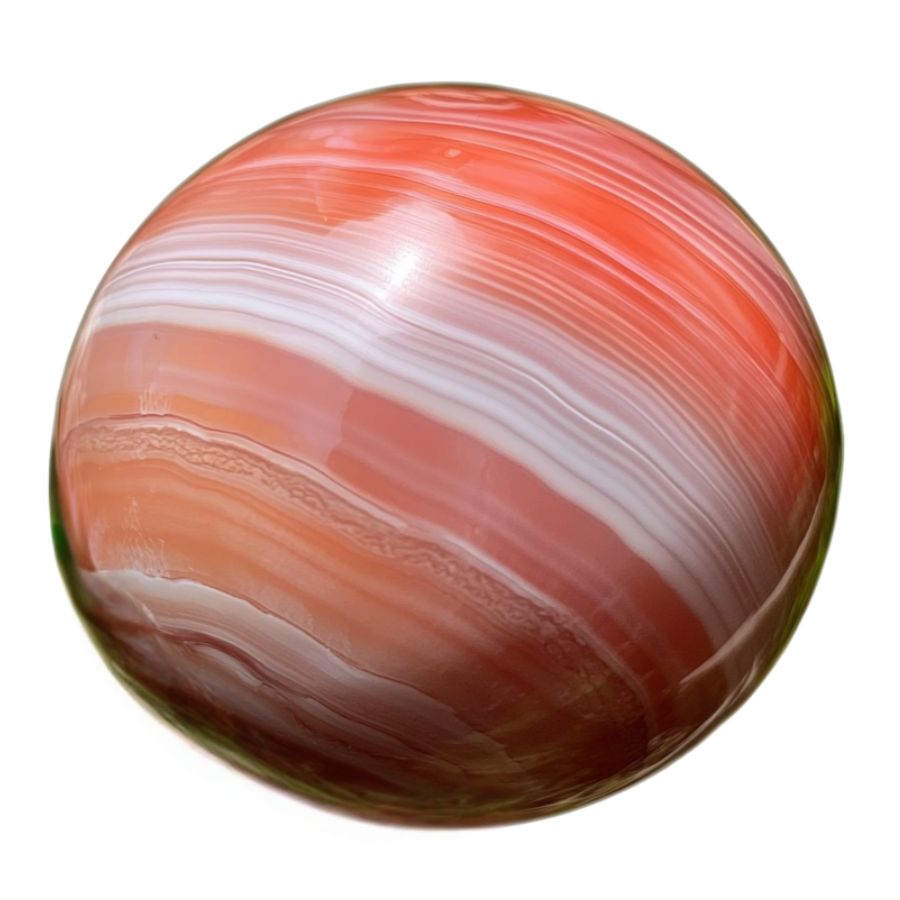
Pink Carnelian is a unique variety of carnelian, distinguished by its opaque pink hue. This coloration arises when the red hues of typical carnelian do not fully develop, resulting in a softer, pastel appearance. The stone can also exhibit a translucent quality.
So traditional carnelian ranges from bright orange to deep reddish-brown, pink carnelian, on the other hand, is characterized by its lighter, pastel pink shades.
Additionally, the stone often appears slightly cloudy, which adds to its gentle appearance.
The stone’s surface can be polished to a high shine, which enhances its natural beauty. The most desirable specimens show an even, consistent pink color throughout and maintain their attractive appearance under various lighting conditions.
Yellow Carnelian
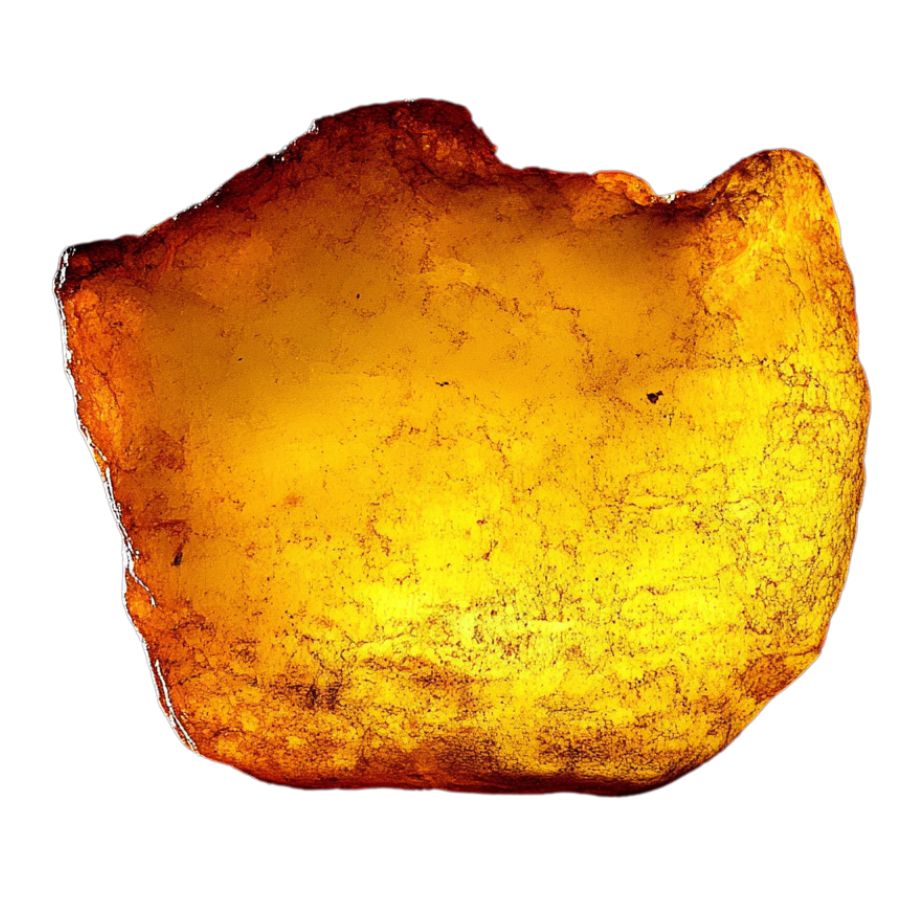
Yellow Carnelian exhibits warm amber to golden-yellow colors that can sometimes blend into honey-orange tones. Its appearance resembles sunlight captured in stone, with a natural glossy surface. The color can vary from pale butter yellow to deep golden hues.
Unlike its orange and red relatives, Yellow Carnelian often shows subtle color variations within the same piece. These variations create gentle transitions between lighter and darker areas, giving the stone a unique depth.
Some specimens display interesting light effects, appearing almost luminous when light passes through them.
The most prized Yellow Carnelian pieces show clear, bright yellow colors without any muddy or brownish undertones. Some specimens might display subtle translucency at their edges, adding to their visual appeal.
Brown Carnelian
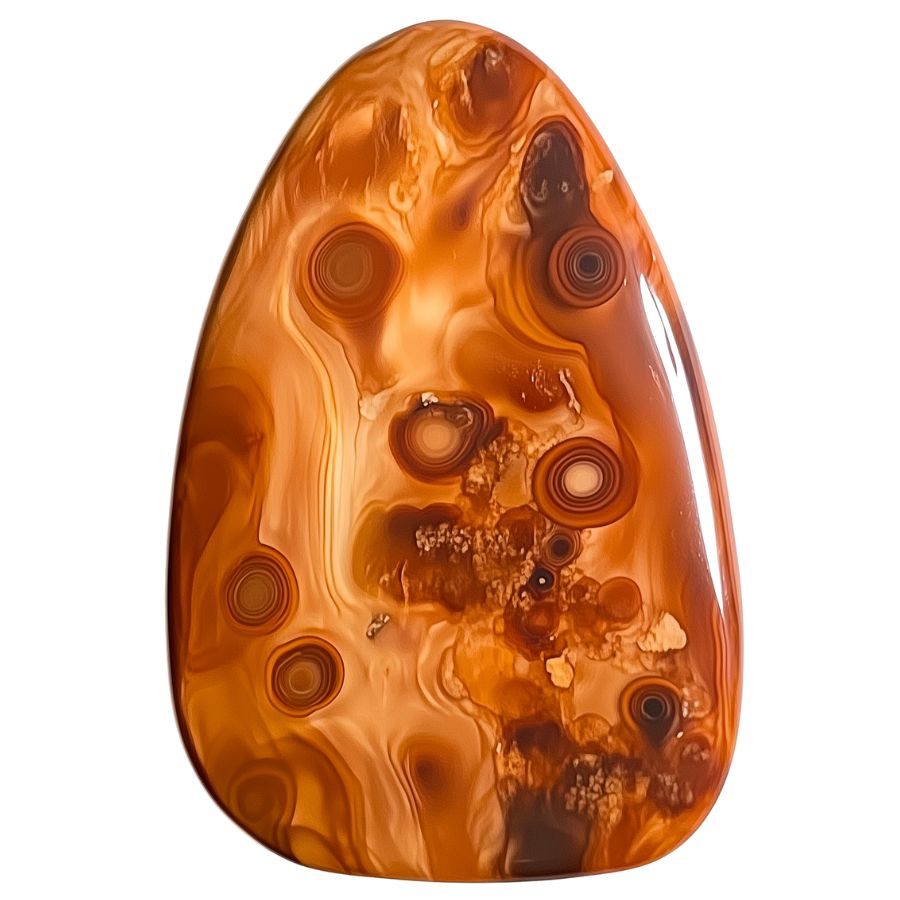
Brown Carnelian displays rich earthy tones ranging from warm chocolate to russet brown. The rich browns come from high concentrations of iron oxide mixed into the stone.
The stone’s surface is remarkably smooth and even. While similar stones often show stripes or bands, Brown Carnelian typically has a consistent coloring throughout. This gives it a distinct appearance that stone enthusiasts particularly appreciate.
Brown Carnelian differs from Sard, another type of chalcedony, primarily in color and hardness. Sard is generally darker and harder than Carnelian, which is softer and exhibits lighter shades
One fascinating aspect is its natural polish quality. The stone’s structure allows it to achieve an exceptional shine with minimal processing.
Black Carnelian
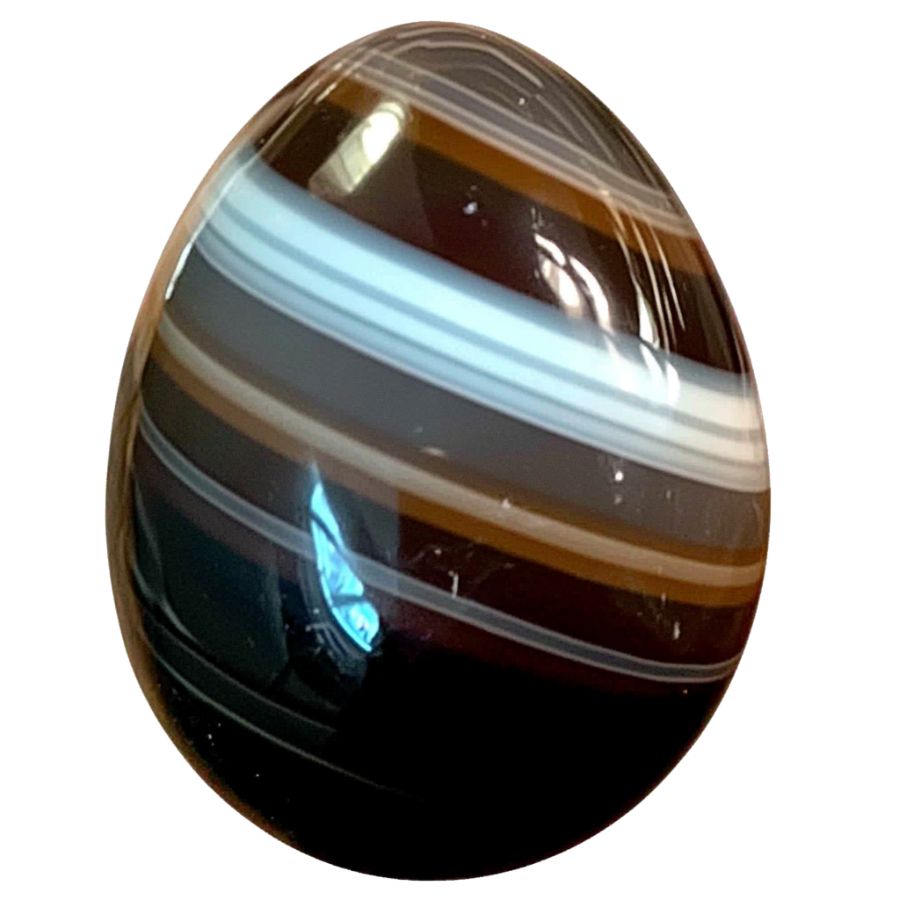
Black Carnelian shows deep, intense coloring ranging from the darkest brown to nearly pure black. The color comes from unusually high amounts of iron minerals in the stone.
Unlike standard carnelian, which typically exhibits hues of orange and red, Black Carnelian’s color is more opaque, lacking the translucence often seen in lighter varieties.
Its surface has special optical properties that create an almost metallic look when polished. The stone’s dense composition allows it to take an exceptionally high polish, bringing out subtle variations in its dark coloring.
Some specimens develop interesting patterns where extremely dark areas contrast with slightly lighter zones. These natural variations add character to each piece, making every stone unique and collectable.
Green Carnelian
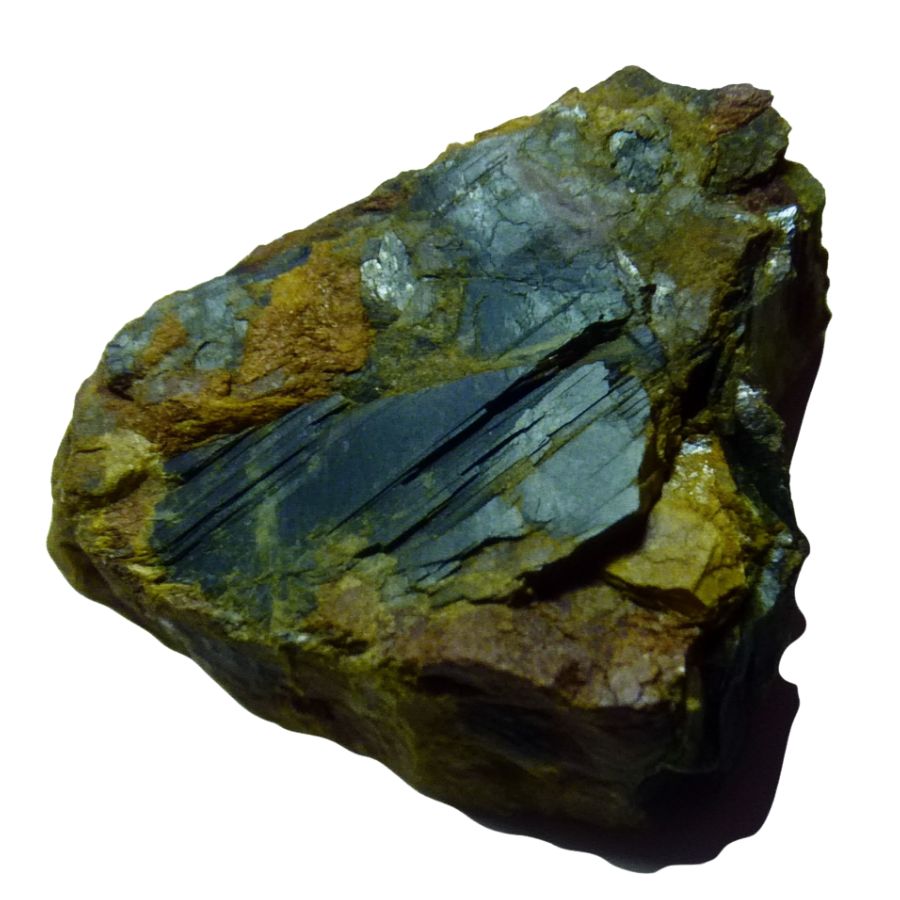
Green Carnelian shows an unusual earthy green color that can range from sage to forest green tones. The stone has a smooth, silky appearance with a natural sheen that becomes more prominent after polishing.
The stone’s texture is particularly noteworthy. Unlike the glassy appearance of other carnelians, Green Carnelian often has a more subdued, velvety look. This gives it a unique character that appeals to collectors who appreciate subtle beauty.
Green Carnelian is not as commonly found as its red or orange counterparts. It has been historically used in jewelry and decorative items due to its attractive color and durability.
Ancient civilizations valued it for its aesthetic appeal and used it in various decorative arts. It is resistant to scratches and suitable for everyday wear in jewelry.
What Rough Carnelian Look like?
Carnelian in its rough form can be tricky to identify, but once you know what to look for, it becomes much easier. Here’s how to spot this beautiful reddish-orange stone in its natural state.
Look for the Distinctive Color Range
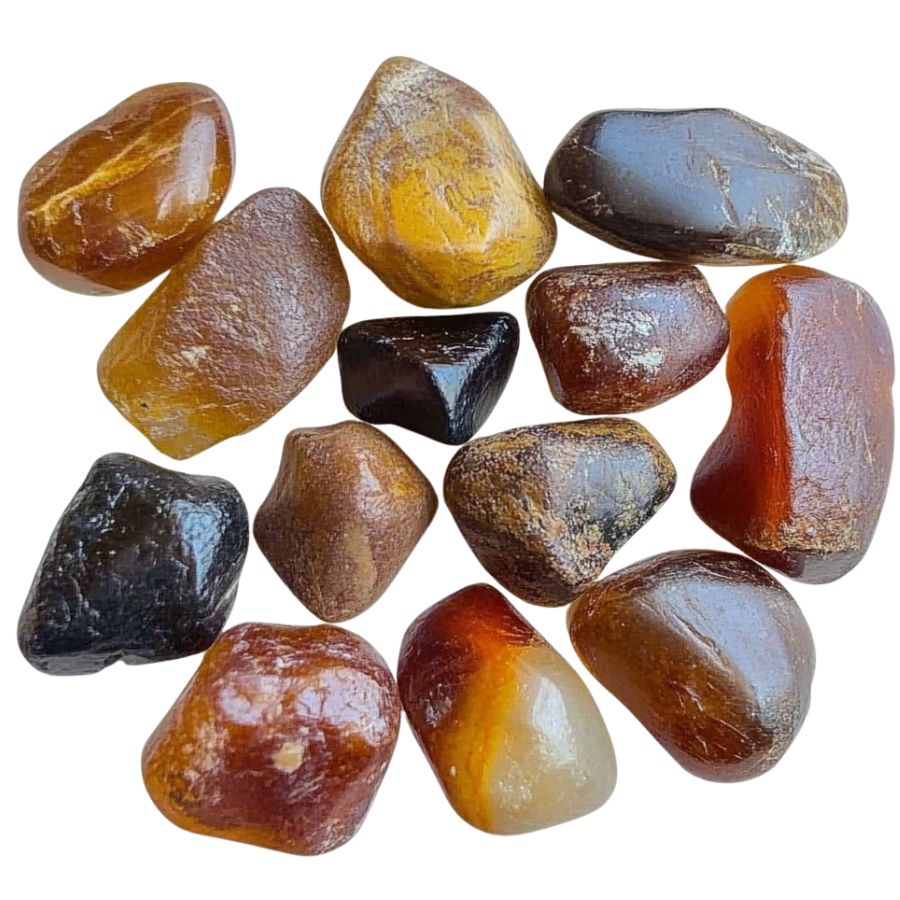
Raw carnelian typically shows up in warm, earthy shades. Look for colors ranging from light orange to deep reddish-brown. Sometimes, you’ll spot honey-brown or even yellowish patches.
Unlike other orange stones, carnelian often has a cloudy or slightly translucent quality. The color usually isn’t uniform; you might see banding or swirling patterns.
Check for the Waxy-Glass Look
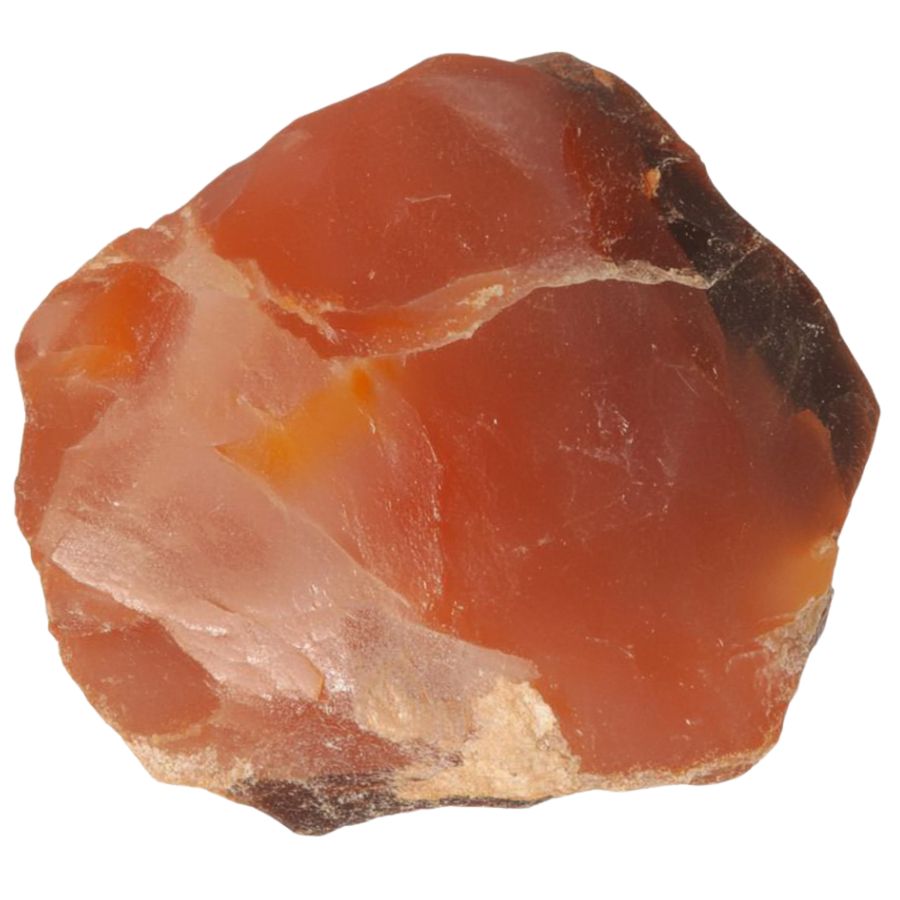
Here’s a dead giveaway – carnelian has this unique luster that’s somewhere between waxy and glassy. Hold it up to light; it won’t be completely transparent like glass, but light should pass through the edges.
Fresh breaks in the stone will show a more glassy appearance. If it’s too dull or completely opaque, it’s probably not carnelian.
Assess the Hardness and Texture
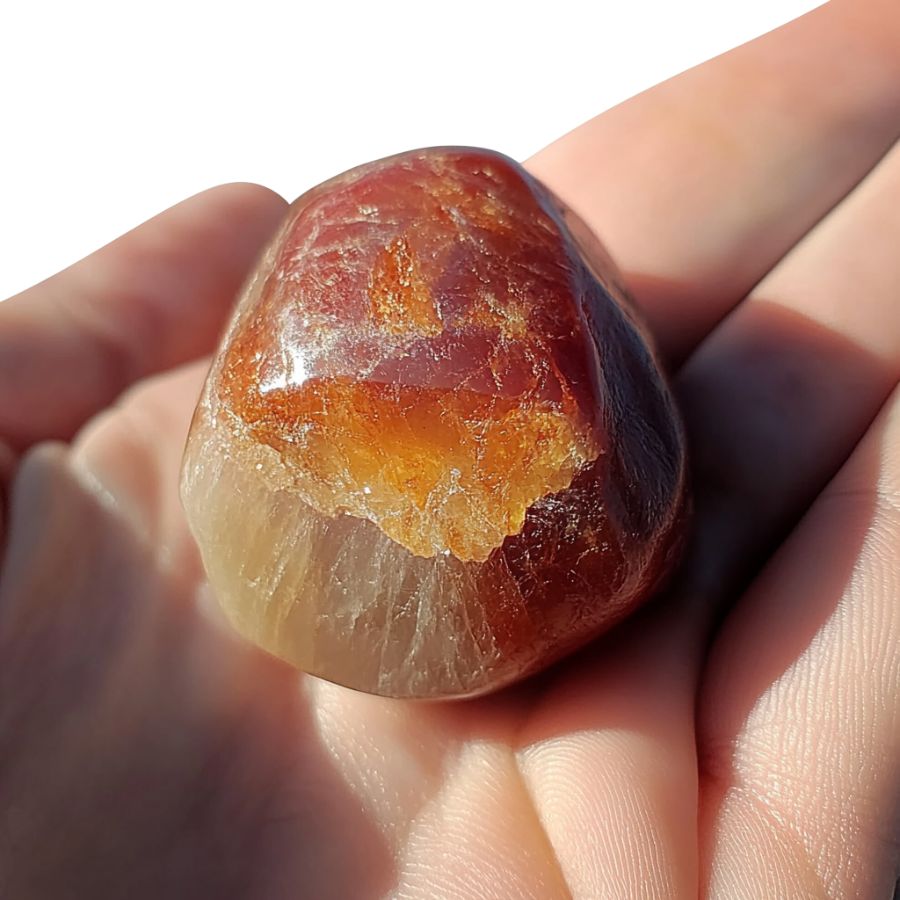
Try this: run your fingernail across the surface. Can’t scratch it? Good sign! Carnelian ranks 6.5-7 on Mohs scale. The surface should feel smooth but not slippery.
Unlike jasper (which it’s often confused with), rough carnelian has a more uneven, conchoidal fracture – think broken glass patterns.
Test the Temperature Feel
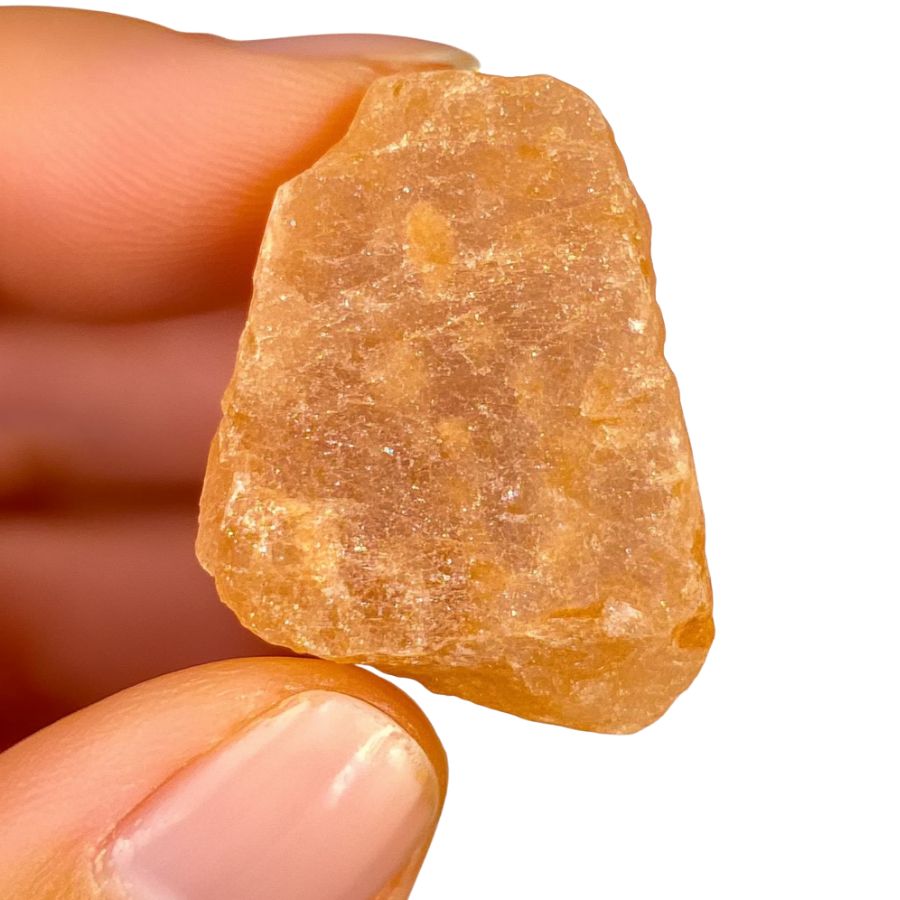
Pick up the stone and hold it for a moment. Carnelian typically feels cool to touch initially but warms up quickly. Unlike plastic imitations, it maintains a natural temperature gradient.
It shouldn’t feel unnaturally light or plasticky – there’s a solid, satisfying weight to genuine carnelian.
A Quick Request About Collecting
Always Confirm Access and Collection Rules!
Before heading out to any of the locations on our list you need to confirm access requirements and collection rules for both public and private locations directly with the location. We haven’t personally verified every location and the access requirements and collection rules often change without notice.
Many of the locations we mention will not allow collecting but are still great places for those who love to find beautiful rocks and minerals in the wild without keeping them. We also can’t guarantee you will find anything in these locations since they are constantly changing.
Always get updated information directly from the source ahead of time to ensure responsible rockhounding. If you want even more current options it’s always a good idea to contact local rock and mineral clubs and groups
Tips on Where to Look
Carnelian is a common stone that forms in various geological settings. Here’s where you can typically find this reddish-orange beauty without traveling too far.
Sedimentary Rock Formations
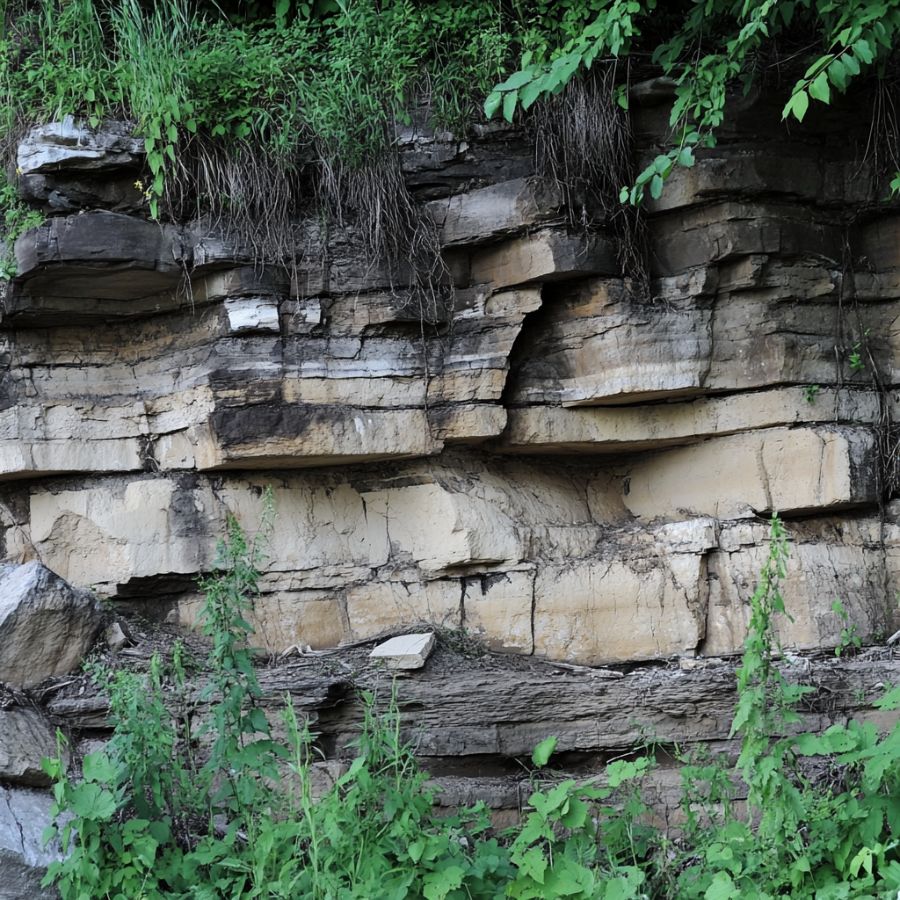
Look for areas with lots of sedimentary rocks, especially sandstone and limestone. Carnelian often forms in these layers through mineral replacement.
Focus on eroded cliff faces and exposed rock walls where water has carved through layers over time, revealing hidden deposits of carnelian that might have formed within these sedimentary beds through centuries of mineral-rich water seepage.
River Beds and Creek Banks
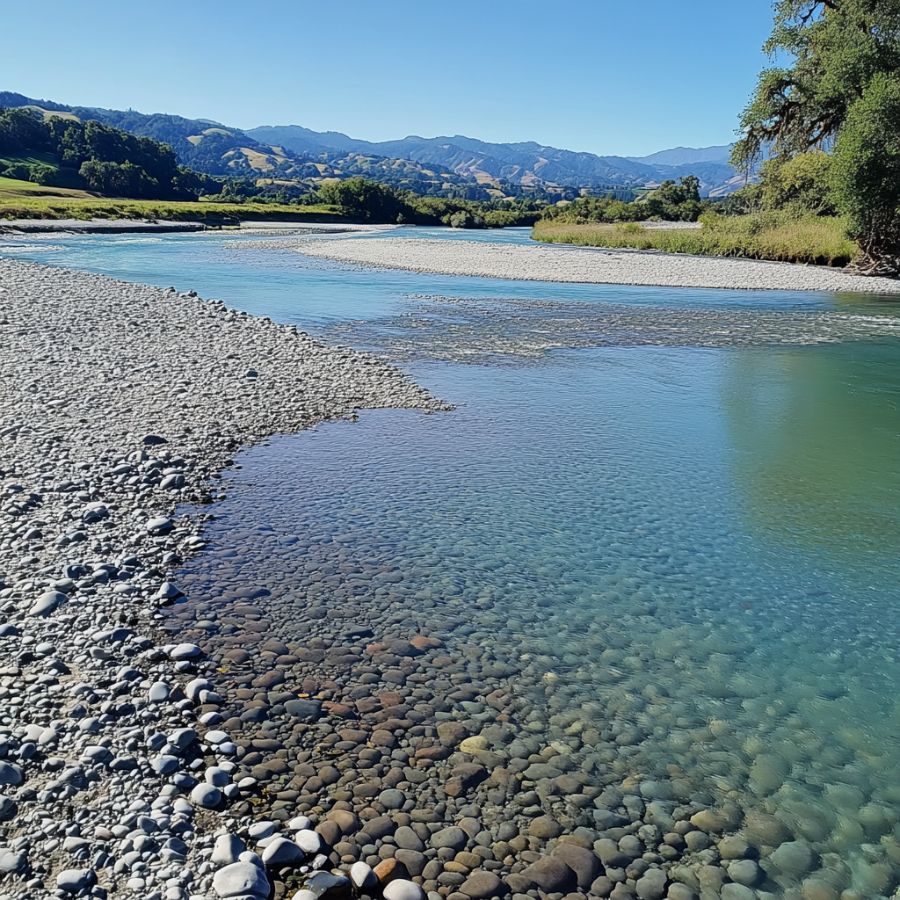
Check gravel beds in rivers and creeks, particularly after heavy rains when new material gets exposed.
Scan areas where water slows down – like bends in the river or behind large rocks – as heavier stones like carnelian tend to settle there. Dig about 6-12 inches into the gravel, as larger pieces often sink deeper.
Desert Areas
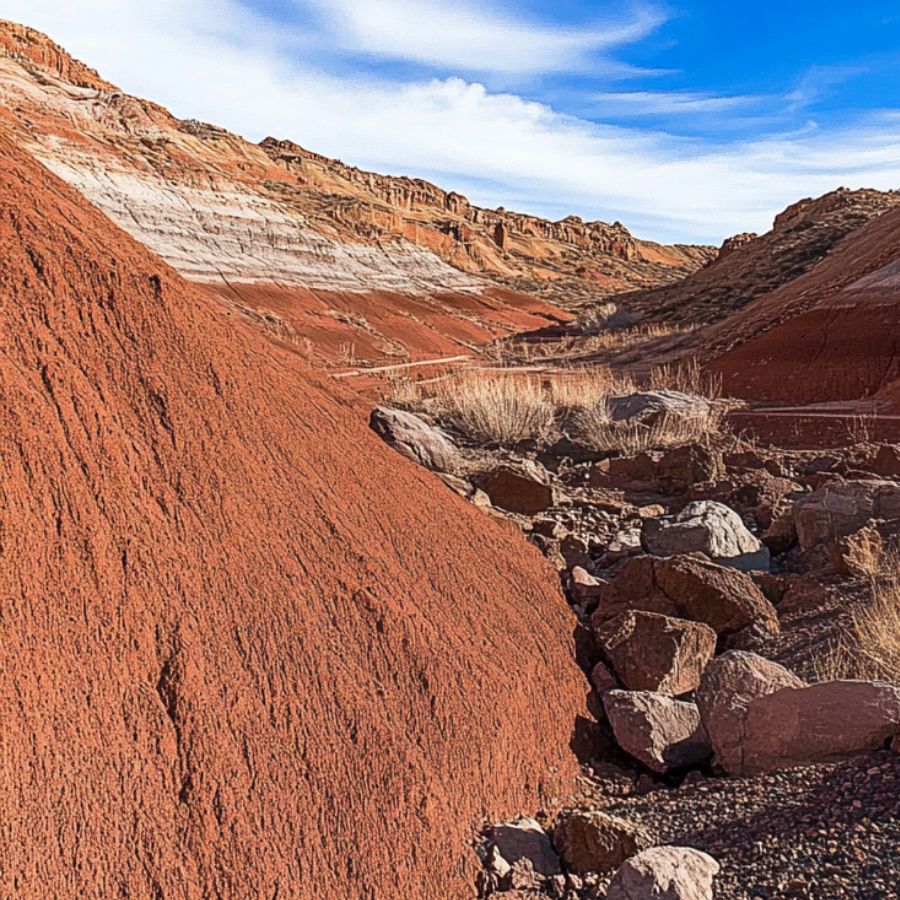
Search desert regions with scattered rock formations and plenty of agate deposits. Desert varnish (that dark coating on rocks) often indicates the presence of mineral deposits, including carnelian.
Look especially where you spot reddish or rusty staining on rocks, as iron oxide – which gives carnelian its color – is usually present in these areas.
Old Mining Sites
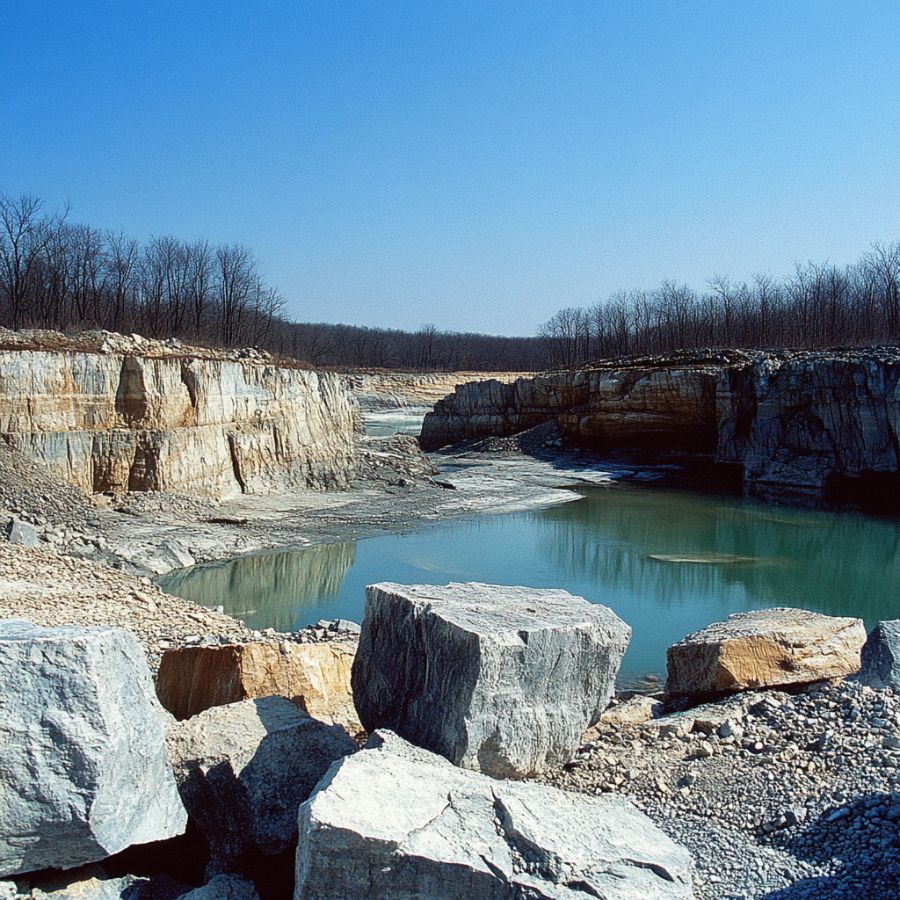
Visit abandoned quarries that were once mined for agates or jasper. While staying within permitted areas, examine the tailings piles (discarded rock material) where miners might have overlooked smaller pieces.
Carnelian sometimes occurs alongside these other chalcedony varieties, and the exposed rock faces in quarries can reveal veins or nodules containing this semi-precious stone.
Some Great Places To Start
Here are some of the better places in the state to start looking for Carnelian:
Always Confirm Access and Collection Rules!
Before heading out to any of the locations on our list you need to confirm access requirements and collection rules for both public and private locations directly with the location. We haven’t personally verified every location and the access requirements and collection rules often change without notice.
Many of the locations we mention will not allow collecting but are still great places for those who love to find beautiful rocks and minerals in the wild without keeping them. We also can’t guarantee you will find anything in these locations since they are constantly changing.
Always get updated information directly from the source ahead of time to ensure responsible rockhounding. If you want even more current options it’s always a good idea to contact local rock and mineral clubs and groups
Lake Ontario
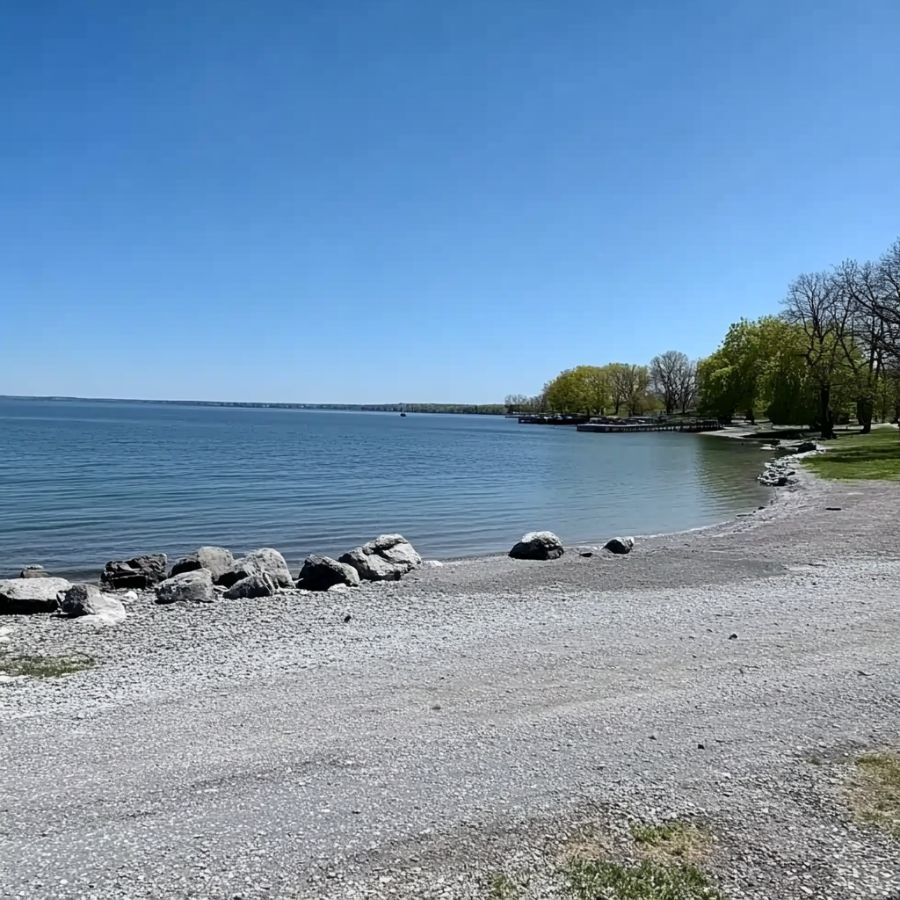
Lake Ontario’s vast shoreline is a paradise for rockhounds looking for Carnelian. This Great Lake has a history of depositing colorful stones along its beaches, carried by ancient glacial movements.
The best places to search are the pebble-covered beaches near Rochester, Sodus Point, and Chimney Bluffs State Park.
After storms, fresh deposits of stones, including carnelian, can be found glistening in the sand. The deep orange-red hue of Carnelian stands out among the usual quartz and jasper.
You should look for smooth, translucent pebbles that glow when held to sunlight. The best time to search is early morning or after strong winds, as fresh waves expose new layers of stones.
Hudson River
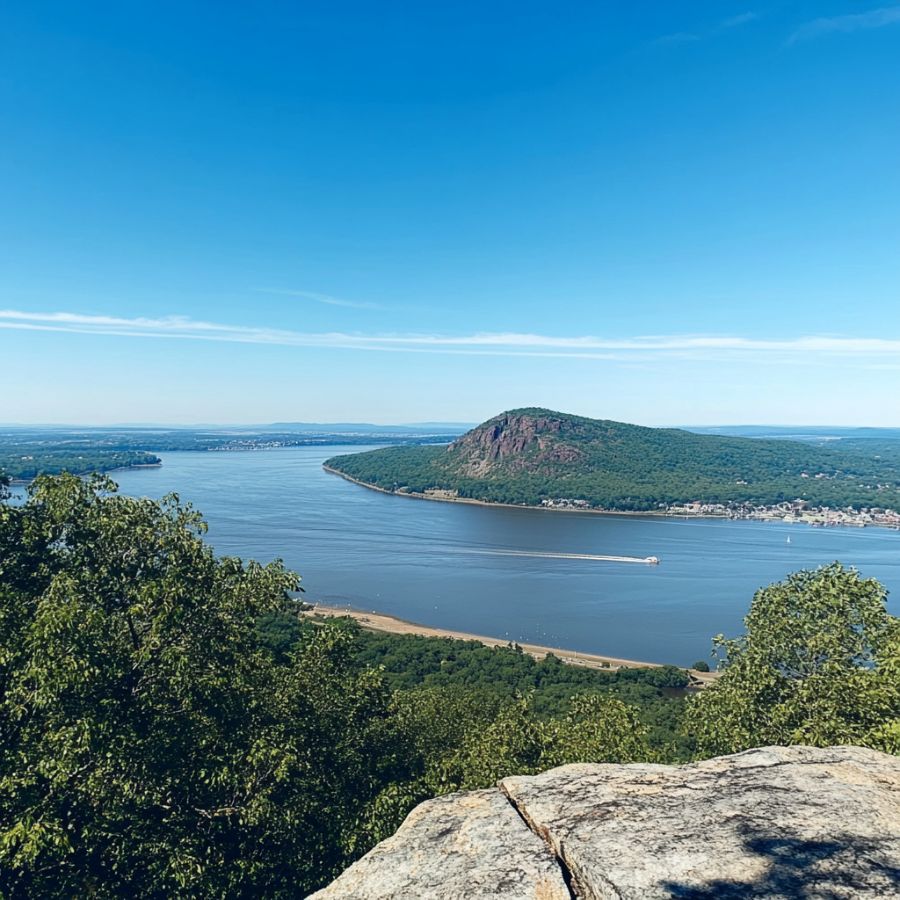
The Hudson River, with its winding course through New York, is not just a historic waterway—it’s also a treasure trove for rock collectors.
The best spots to find carnelian are along gravel bars near Kingston, Poughkeepsie, and Bear Mountain. These areas collect stones from upstream, including agates and jaspers.
The river’s constant movement helps smooth out stones, making them easier to spot. Look for deep reddish-orange stones with a waxy luster. They may be mixed in with river pebbles, so a small trowel or sifter can help.
Ellenville Quarry
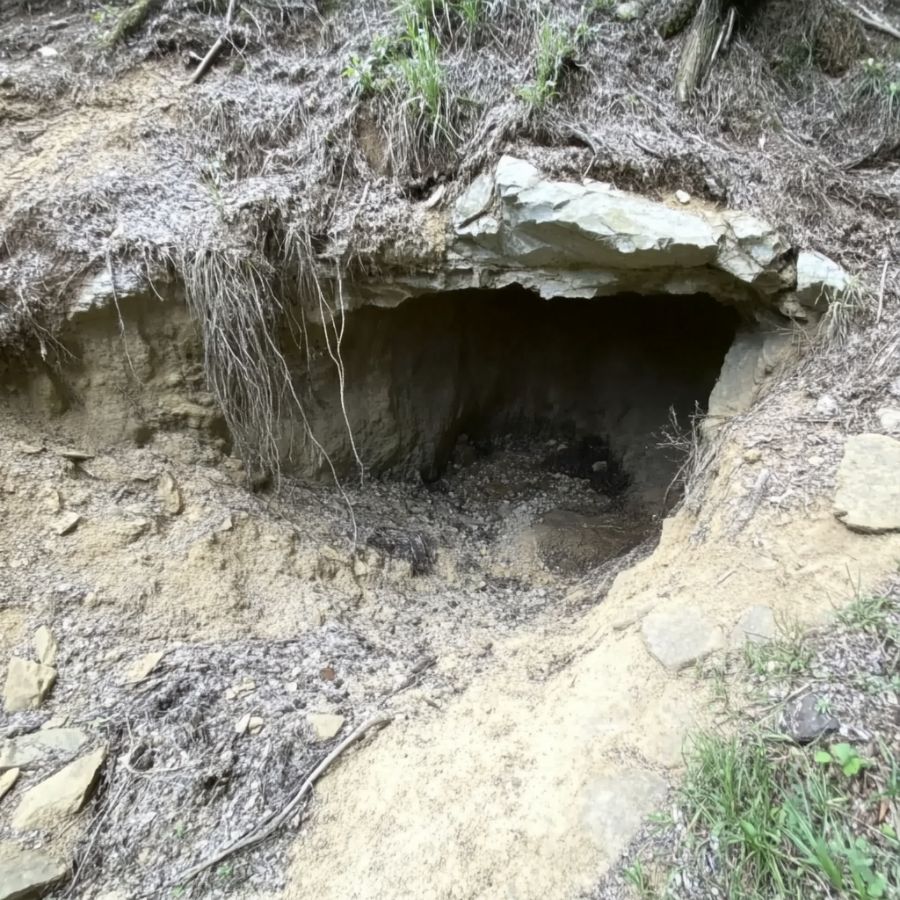
Ellenville Quarry, located in the Shawangunk Mountains, is a well-known spot for mineral collectors. This abandoned quarry is famous for its quartz crystals, garnets, and occasionally carnelian.
Make sure that you explore the quarry’s loose rock piles and sediment layers. The best finds are often hidden among broken quartz veins or near iron-rich deposits, where the reddish-orange carnelian forms naturally.
Due to the quarry’s rugged terrain, sturdy boots and gloves are essential. It’s best to bring eye protection, as breaking rocks can send shards flying. Despite the challenge, the rewards are worth it!
Lake Erie
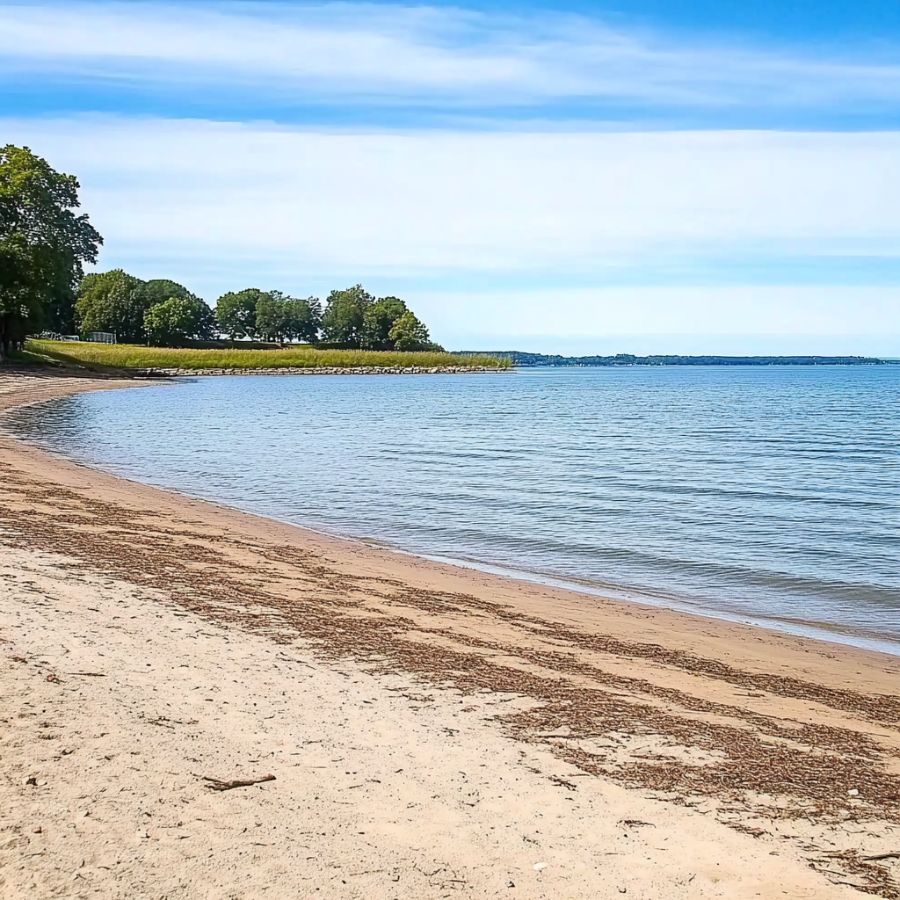
Lake Erie’s New York shoreline, stretching from Buffalo to Dunkirk, is a hotspot for beachcombing and rockhounding. As one of the Great Lakes, its waters have tumbled and polished stones over centuries, making it an ideal place to search for carnelian.
The best spots are Hamburg Beach, Evangola State Park, and Barcelona Harbor, where waves deposit fresh stones after storms. Searching near the water’s edge or in small rock piles increases the chances of finding these orange-red beauties.
With the waves crashing in the background and the sun shining on polished stones, hunting for carnelian here is as relaxing as it is rewarding.
Adirondack Mountains
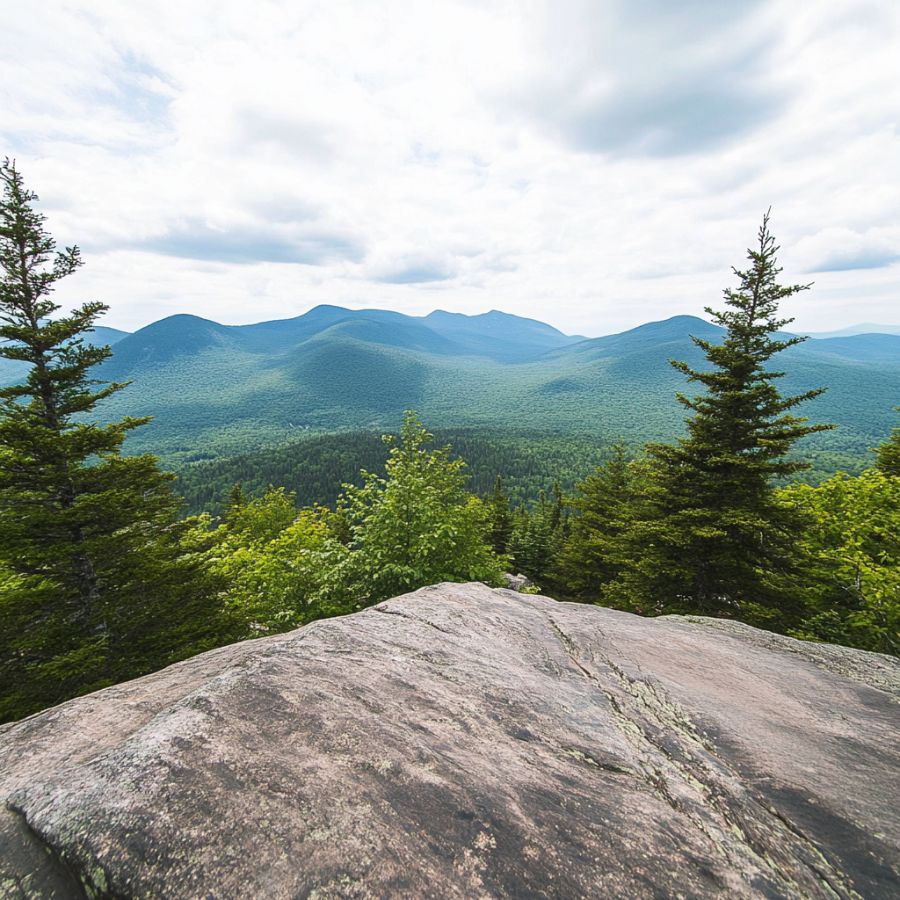
The Adirondack Mountains are known for their rugged beauty and rich mineral deposits. This ancient mountain range is home to diverse geological formations, where quartz, garnets, and carnelian can sometimes be found.
Old stream beds and rocky outcrops near Tupper Lake, Blue Mountain Lake, and Lake George can provide you with the best chances of discovery. The slow erosion of mountain streams helps expose carnelian hidden within quartz-rich rocks.
A sturdy backpack, rock hammer, and patience are key for mountain rockhounding.
Places Carnelian has been found by County
After discussing our top picks, we wanted to discuss the other places on our list. Below is a list of the additional locations along with a breakdown of each place by county.
| County | Location |
| Essex | Town of Jay |
| Essex | Covered Bridge Swimming Hole off Glen Road |
| Orange | Greenwood Lake |
| Herkimer | Ilion Gorge |
| Madison | Chittenango Falls State Park |
| Orange | Limecrest Quarry |
| Herkimer | Herkimer Diamond Mines |
| Herkimer | Ace of Diamonds Mine |
| Fulton | Crystal Grove Diamond Mine |
| Warren | Barton Garnet Mine |
| Warren | Hooper Garnet Mine |
| Warren | Gore Mountain |
| Franklin | Moira |
| St. Lawrence | West Pierrepont |
| St. Lawrence | Gouverneur |
| St. Lawrence | Balmat |
| St. Lawrence | Franklin |
| St. Lawrence | Wegatchie |
| Orange | Amity in Warwick |
| Ulster | Ellenville |
| Greene | Purling |
| Warren | Lake George Area |

